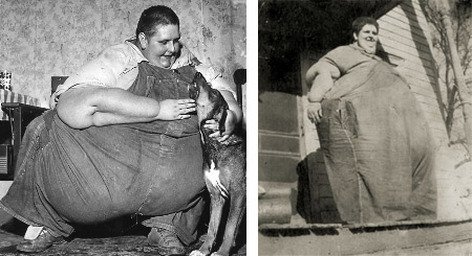The setting of unmodified plaster starts about 10 minutes after mixing and is complete in about 45 minutes; however, the cast is not fully dry for 72 hours.
Current bandages of synthetic materials are often used, often knitted fiberglass bandages impregnated with polyurethane, sometimes bandages of thermoplastic. These are lighter and dry much faster than plaster bandages. However, plaster can be more easily molded to make a snug and therefore more comfortable fit. In addition, plaster is much smoother and does not snag clothing or abrade the skin.
Upper extremity
Upper extremity casts encase the arm, wrist, or hand. A long arm cast encases the arm from the hand to about 2 inches below the armpit, leaving fingers and thumbs free. A short arm cast, in contrast, stops just below the elbow. Both varieties may, depending on the injury and the doctor's decision, include one or more fingers or the thumb, in which case it is called a finger spica or thumb spica cast.
Cylinder
In some cases, a cast may include the upper and lower arm and the elbow, but leave the wrist and hand free, or the upper and lower leg and the knee, leaving the foot and ankle free. Such a cast may be called a cylinder cast. Where the wrist or ankle is included, it may be called a long arm or long leg cast.
History
The earliest methods of holding a reduced fracture involved using splints. These are rigid strips laid parallel to each other alongside the bone. The Ancient Egyptians used wooden splints made of bark wrapped in linen. They also used stiff bandages for support that were probably derived from embalming techniques. The use of plaster of Paris to cover walls is evident, but it seems it was never used for bandages. Ancient Hindus treated fractures with bamboo splints, and the writings of Hippocrates discuss management of fractures in some detail, recommending wooden splints plus exercise to prevent muscle atrophy during the immobilization. The ancient Greeks also used waxes and resins to create stiffened bandages and the Roman Celsus, writing in AD 30, describes how to use splints and bandages stiffened with starch. Arabian doctors used lime derived from sea shells and albumen from egg whites to stiffen bandages. The Italian School of Salerno in the twelfth century recommended bandages hardened with a flour and egg mixture as did Medieval European bonesetters, who used casts made of egg white, flour, and animal fat. By the sixteenth century the famous French surgeon Ambroise Paré (1517–1590), who championed more humane treatments in medicine and promoted the use of artificial limbs, made casts of wax, cardboard, cloth, and parchment that hardened as they dried.
- 1 1/2 cups brown sugar
- 1/2 teaspoon salt
- 1 cup corn syrup
- 2 teaspoons vanilla extract
- 4 eggs, beaten
- 1 cup (2 sticks) butter, melted, divided
- 2 cups pecans, coarsely chopped, divided
- 1 (15.25 oz) package yellow cake mix
- 1/2 teaspoon cinnamon
- Preheat oven to 350º. Coat a 9- x 13-inch baking dish with cooking spray.
- In a large bowl, combine sugar, salt, corn syrup, vanilla, eggs, and 1/2 cup melted butter; mix well. Stir in 1 cup pecans, until thoroughly combined. Pour mixture evenly into baking dish.
- In a medium bowl, combine cake mix and cinnamon; mix well. Sprinkle cake mixture evenly over nut mixture. Drizzle remaining 1/2 cup melted butter evenly over top of cake. Sprinkle with remaining 1 cup pecans.
- Bake 40 to 45 minutes or until golden and set in center. Let cool slightly, and serve or allow to cool completely.
A scoop of vanilla ice cream goes perfectly with this yummy dump cake!







HOW TO OBSERVE
When National Hug Your Cat Day rolls around each year on June 4th, the purr-fect opportunity presents itself for some snuggle time. Depending on your feline critter’s nature, hugging may not be in the cards. However, like most animals, touch is a vital part of communication – and the same goes for the claw-ful kind.
All kitten aside, if you’re fur-tunate enough to have a feline friend, any attention they give you may be a blessing. Others never leave your side and cuddle often. Of course, most cats have purr-sonality in spades.
Meow, if your feline friend becomes hiss-terical when you try to hug him, you may have to settle for a boop. It’s un-furr-tunate, but it is an option. Those who don’t have any feline companionship may need to litter-ally visit a neighbor or volunteer at a local shelter. Those paw-some critters need some hugs, too.
HOW TO OBSERVE Hug Your Cat Day
Love on your furr-tunate kitty. While you’re at it, make it a purr-manent part of your routine. If you are considering getting a cat, adopt instead of purchasing one.















No comments:
Post a Comment